Advertisement
Google and Meta—two of the world's most dominant tech companies—are facing significant legal challenges that could profoundly redefine digital market regulation. These antitrust cases are not just about alleged monopolies; they could establish new global standards for competition, data control, and fair business practices that stretch across sectors and borders.
As regulatory scrutiny intensifies, these legal battles may mark a turning point in how digital power is monitored and regulated. The outcomes could reshape not only the tech industry but also influence global economic policy. This article examines the impact of Google and Meta's antitrust cases on regulations across various industries and regions.
The Google Antitrust Lawsuit filed by the U.S. Department of Justice accuses the company of unfairly maintaining monopolies in search and digital advertising. Google allegedly:
Default Search Dominance: Google pays manufacturers like Apple and carriers to remain the default search option, limiting user exposure to other search engines. This strategy creates artificial market dominance, making it difficult for competitors to gain visibility, even if they offer innovative or user-friendly alternatives.
Play Store Restrictions: Google's Android Play Store policies reportedly force app developers to comply with exclusivity contracts and use Google's payment system. These restrictions discourage the development of rival app stores and compel developers to pay high commissions, which ultimately impacts consumers through higher app prices.
Ad-Tech Control: Google owns the primary tools used by both advertisers (buy-side) and publishers (sell-side). This vertical integration enables Google to potentially manipulate ad auctions, favor its services, and charge higher fees, ultimately harming both advertisers and rival ad platforms.
Meta is also under fire. The Federal Trade Commission (FTC) filed a lawsuit challenging its previous acquisitions of Instagram and WhatsApp. The core argument is that these purchases were meant to suppress competition and extend its social media dominance.
Data Consolidation: By combining Facebook, Instagram, and WhatsApp, Meta collects an enormous pool of behavioral and personal data. This data is used to build highly accurate advertising profiles, which gives Meta a decisive advantage over competitors that cannot match this depth of insight.
Advertising Power: Meta's advertising network spans billions of users and devices. This dominance makes it hard for smaller companies to attract ad revenue, limiting their growth and discouraging innovation in the social media and messaging space.
Regulatory Regret: The FTC argues that its approval of Meta's past acquisitions was a regulatory failure. The agency now seeks remedies that may include divesting Instagram or WhatsApp to restore healthy competition. This could set a precedent for retroactive action on mergers and acquisitions deemed anti-competitive.

Governments worldwide are revisiting antitrust frameworks to address the dominance of digital platforms. The U.S., EU, and other regions are proposing more rigid oversight rules tailored for tech giants. This includes giving regulators more authority to preemptively block mergers and penalize anti-competitive behavior without waiting for the damage to become irreversible.

Antitrust regulators are connecting the dots between monopoly power and control over user data. Companies that dominate in multiple areas—social media, advertising, messaging—have unprecedented access to user behavior. The result? New laws may limit the amount of data a single company can collect and use, requiring companies to offer users genuine choices in how their data is shared and stored.
Past acquisitions, such as those by Meta, are under renewed scrutiny. Regulators are reconsidering the long-term impacts of these mergers on innovation, pricing, and consumer choice. Future deals involving major platforms may require detailed justifications and in-depth market impact assessments and face extended review periods before approval.
Google may be required to unbundle its advertising business or provide fair access to third-party platforms. By separating ad buying and selling platforms, regulators aim to eliminate the conflict of interest that comes from controlling both ends of the transaction. This move could enhance ad cost transparency for advertisers and consumers, enabling businesses to better understand how their ad budgets are allocated.
Nations are beginning to collaborate on cross-border tech regulation. For example, the U.S. and EU are exchanging information and aligning enforcement efforts. Coordinated strategies are being discussed to ensure that loopholes in one jurisdiction don't undermine global regulatory intentions, marking a new era of multinational digital policy enforcement.
The antitrust cases against Google and Meta could become historical milestones that redefine global digital governance. Their outcomes are expected to impact how digital markets operate, how mergers are evaluated, and how data privacy is safeguarded. Businesses must adapt to a future where transparency, accountability, and fair competition are no longer optional but required. Consumers, too, stand to benefit from more choices, stronger privacy, and increased trust in online platforms.
As 2025 approaches, with key legal decisions and global elections on the horizon, now is the time to stay informed, support fair tech practices, and engage in conversations that shape our digital future. Follow the developments closely—they could change the way we live, work, and connect online for decades to come.
Advertisement

AWS' generative AI platform combines scalability, integration, and security to solve business challenges across industries

Explore the top 10 large language models on Hugging Face, from LLaMA 2 to Mixtral, built for real-world tasks. Compare performance, size, and use cases across top open-source LLMs

How atrous convolution improves CNNs by expanding the receptive field without losing resolution. Ideal for tasks like semantic segmentation and medical imaging
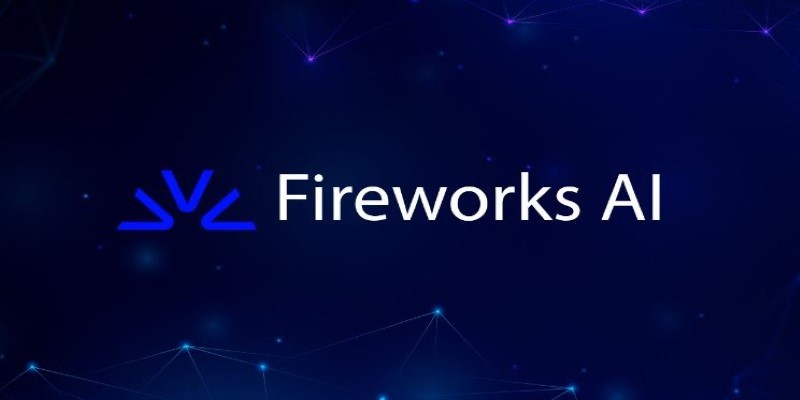
How Fireworks.ai changes AI deployment with faster and simpler model hosting. Now available on the Hub, it helps developers scale large language models effortlessly

The paperclip maximizer problem shows how an AI system can become harmful when its goals are misaligned with human values. Learn how this idea influences today’s AI alignment efforts
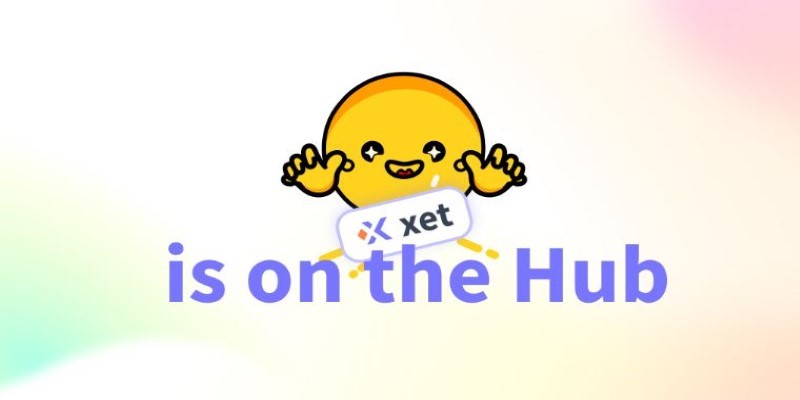
How using Xet on the Hub simplifies code and data collaboration. Learn how this tool improves workflows with reliable data versioning and shared access

How to use the ternary operator in Python with 10 practical examples. Improve your code with clean, one-line Python conditional expressions that are simple and effective
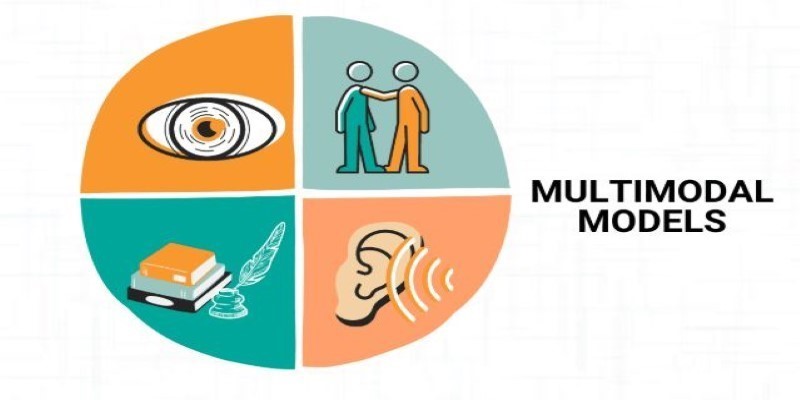
Multimodal models combine text, images, and audio into a shared representation, enabling AI to understand complex tasks like image captioning and alignment with more accuracy and flexibility
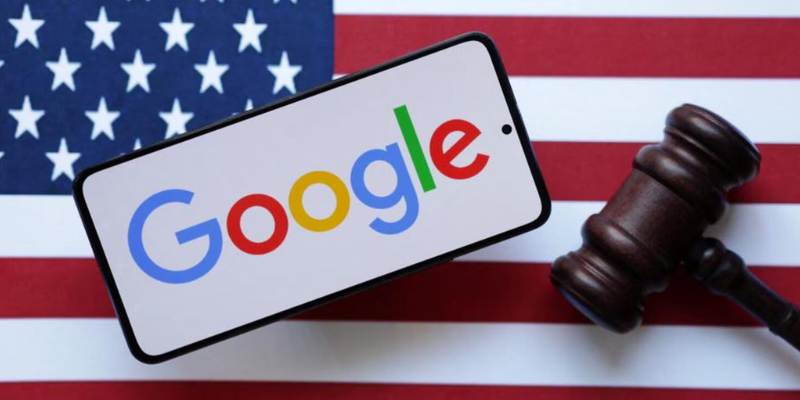
Learn the regulatory impact of Google and Meta antitrust lawsuits and what it means for the future of tech and innovation.

How the apt-get command in Linux works with real examples. This guide covers syntax, common commands, and best practices using the Linux package manager
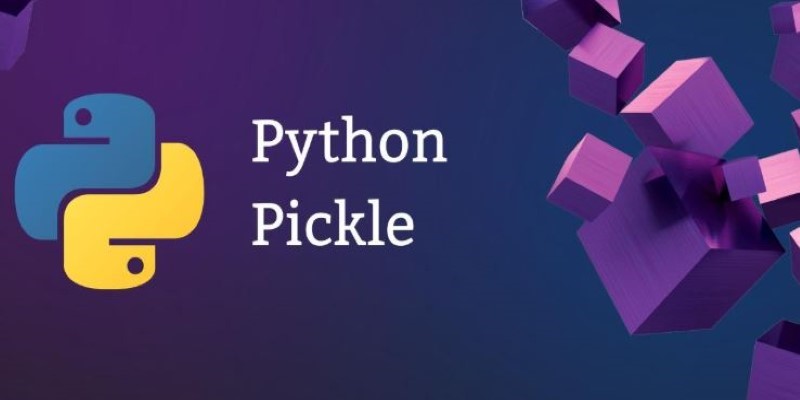
Need to save Python objects between runs? Learn how the pickle module serializes and restores data—ideal for caching, model storage, or session persistence in Python-only projects

Looking for the best way to chat with PDFs? Discover seven smart PDF AI tools that help you ask questions, get quick answers, and save time with long documents